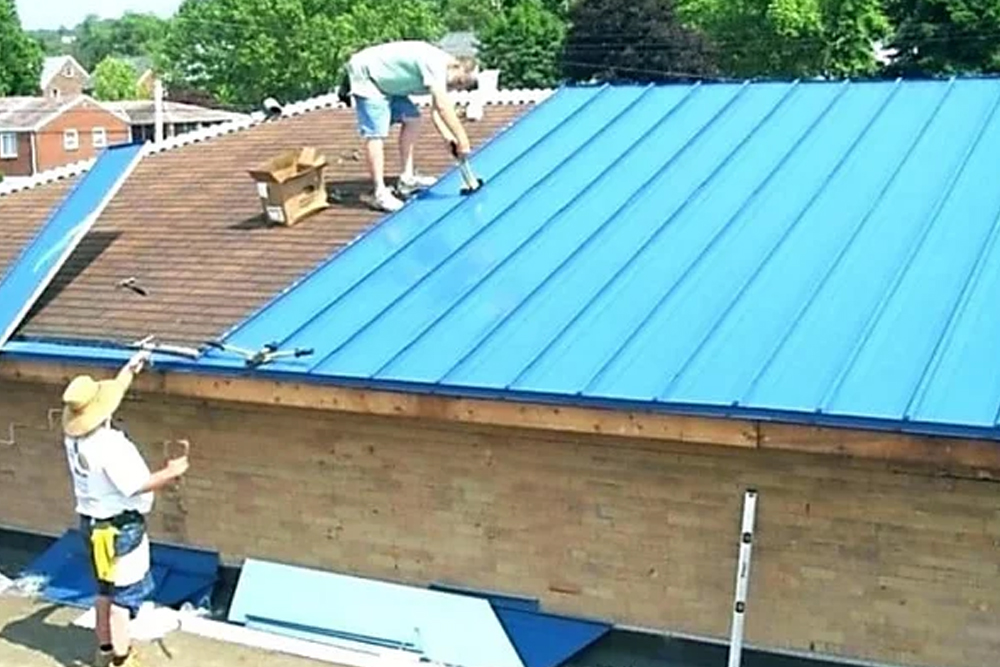Reimagining Urban Spaces: The Rise of Parklets and Their Societal Influence
The concrete jungles of our cities are undergoing a transformation, sprouting small patches of green in unexpected places. These micro-parks, known as parklets, are redefining urban landscapes and influencing the way people interact. This article dives into the emergence of parklets and their societal implications. Read below to understand how these tiny oases are reshaping our cities and the way we live.
Historical Context and Sociological Developments
Parklets originated in San Francisco in 2005 as part of a grassroots movement called “PARK(ing) Day.” This initiative, led by a local art and design studio, involved transforming a single metered parking space into a temporary public park. The idea was to challenge the notion that city streets should primarily serve vehicles, rather than people.
The concept quickly took off, with cities across the world embracing this innovative approach to urban planning. Over the years, parklets have evolved from temporary installations to permanent urban fixtures, and have become a critical tool for promoting community engagement and enhancing public spaces.
Current Societal Trends and Cultural Shifts
In the wake of a global pandemic, parklets have gained renewed relevance. With social distancing measures in place, outdoor spaces have become crucial for maintaining community connections and supporting local businesses. Many restaurants and cafes have turned to parklets as a way to expand their seating capacity and keep their doors open.
Moreover, parklets reflect a growing societal shift towards more sustainable and people-centered cities. They serve as a manifestation of the changing attitudes towards urban design, emphasizing the importance of green, livable spaces in promoting well-being and social cohesion.
Implications and Significance of Parklets
Parklets have profound implications for the way we perceive and interact with our urban environments. They challenge the automobile-centric nature of our cities and promote a more balanced use of public space. Research has shown that parklets can increase pedestrian activity, enhance local economy, and improve neighborhood aesthetics.
Furthermore, parklets serve as a form of urban acupuncture, providing small-scale interventions that can bring about significant changes in the urban fabric. They offer an affordable and flexible solution to the lack of public space, providing residents with a place for relaxation, social interaction, and engagement with the local community.
Balancing Depth and Accessibility
While parklets may appear as simple installations, they represent a complex interplay of urban planning, design, community participation, and policy-making. They showcase the potential of small-scale interventions to bring about significant societal change. Yet, they are also accessible and engaging, offering a tangible way for people to connect with their city and with each other.
Conclusion
Parklets are more than just micro-parks; they are catalysts for change, challenging traditional urban design and fostering community engagement. They embody the collective desire for more livable, sustainable, and people-centered cities. As parklets continue to spread across our urban landscapes, they offer a glimpse into the future of urban living - a future where people reclaim the streets and greenery sprouts amidst concrete.





